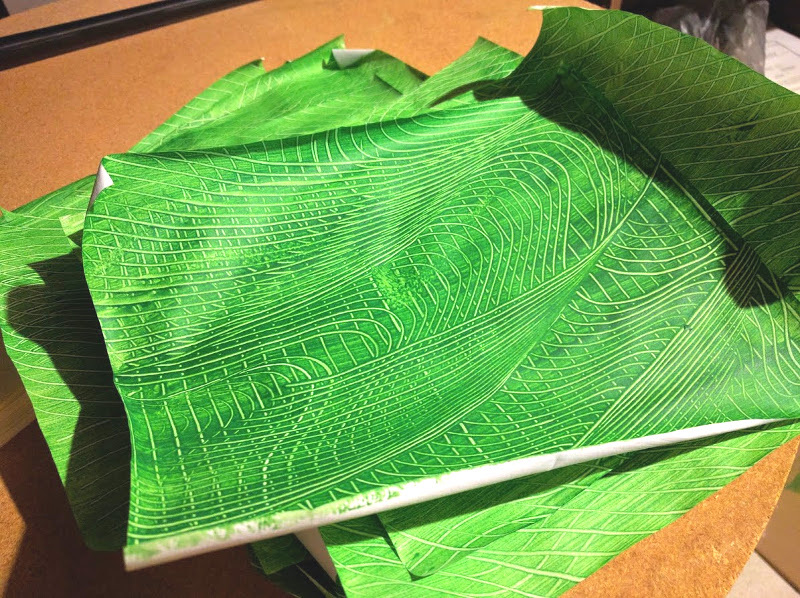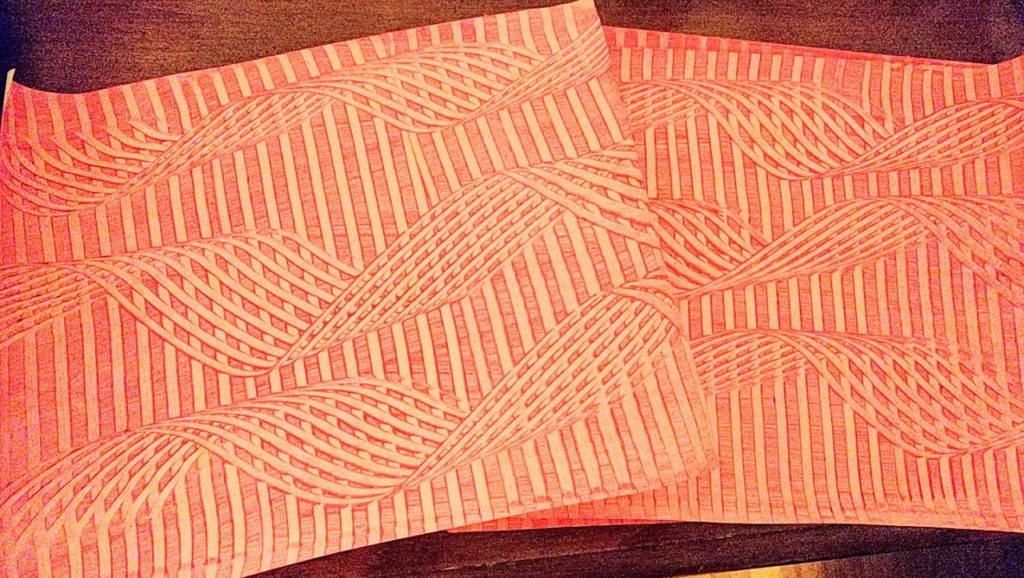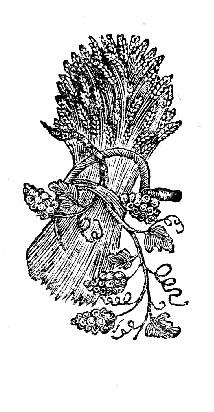I’ve been tackling one of the last skills I’ve yet to learn in the book making process: paste.

Wheat paste is easily made from… well- wheat, and water… and sometimes a little salt.
You can apply the same staying power that creates that rock hard wet flour crust on your baking dishes when they’re left in the sink a little too long for a fraction of the cost of glue.
Said paste my also be combined with paint and dies to create a strong, two tone design. Such paper was frequently used as a cheaper easier substitute for marbling end papers (the inside papers attached to the hardcover cardboard of the book).

This cheaper easier process was especially common for the few printers operating in the American Colonies before the 19th century, as well as for printers after the founding of the republic. Wheat as well as inks and dyes were much more common and less expensive than the handful of relatively specialized chemicals necessary along with larger amounts of more variations of paint necessary to create marbled papers.

This made paste papers attractive to many colonial printers, though their origins are in France, Germany and Italy in the late 1600’s. Many examples from Pennsylvania exist, but they can be found in other printings through the 18th and 19th century. The University of Washington has an excellent page with the history, explanations and many examples of both marble and paste paper.
